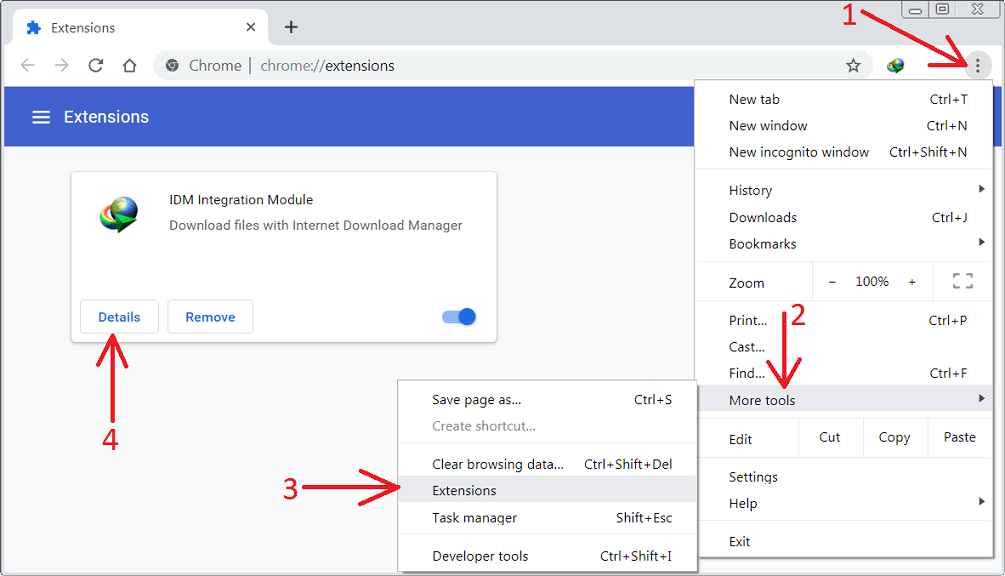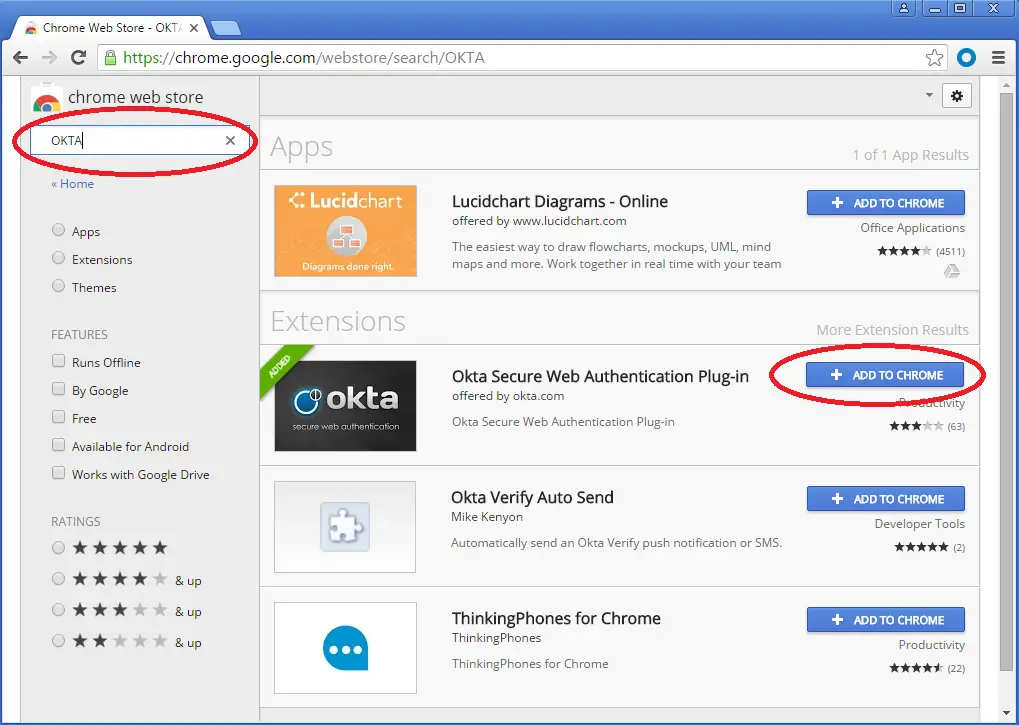

- HOW TO SEE ALL GOOGLE CHROME EXTENSIONS HOW TO
- HOW TO SEE ALL GOOGLE CHROME EXTENSIONS UPDATE
- HOW TO SEE ALL GOOGLE CHROME EXTENSIONS SOFTWARE
- HOW TO SEE ALL GOOGLE CHROME EXTENSIONS CODE

Also, here we have loaded the JavaScript in the end after loading all the HTML content.
HOW TO SEE ALL GOOGLE CHROME EXTENSIONS UPDATE
We will be using the value of these IDs in JavaScript to update the table data. Here, you can see that each table data td has been assigned different IDs. There are four different headings in a table: Date, Country, Confirmed, and Deaths.


HOW TO SEE ALL GOOGLE CHROME EXTENSIONS CODE
The code above creates a table with a width of 450px. So now we need to work on creating a table. In the demo, we saw that the records are displayed as a table. You should now see a list of all of your Chrome apps. We will be using the Bootstrap framework here so that we don't have to write some extra CSS in this example. Press 'My Extensions and App' then the 'Library tab' next to 'Installed.' (Image credit: Microsoft) 6. Now, let’s add a link to the Bootstrap CDN in the head tag. Inside the folder, let’s create an index.html file with this HTML boilerplate code:
HOW TO SEE ALL GOOGLE CHROME EXTENSIONS HOW TO
How to Create a Chrome Extensionįirst of all, we need to create an empty folder where we will add our HTML, CSS, and JavaScript files. The complete source code of this project can be found on GitHub. We will only display the latest record for the simplicity of this post. Here, we will be using the API in order to fetch data. We will be looking into how to create this extension in this blog post. Latest Covid Report of UK-Chrome ExtensionĪs you can see, the above chrome extension displays the latest data on Coronavirus (COVID-19) in the UK. What Will our Chrome Extension Look Like? You can build one easily using web technologies like HTML, CSS, and JavaScript.Ĭreating a chrome extension is similar to creating a web application, but it requires a manifest.json file which we will discuss in the last section of this post. What will our Chrome Extension Look Like?Ī chrome extension is a program that is installed in the Chrome browser that enhances the functionality of the browser.Have you ever wondered how to build one yourself? In this article, I will show you how you can create a Chrome extension from scratch. If you’re a Chrome power user (or have the aspirations), this is a great tool to have installed.If you are a Google Chrome user, you've probably used some extensions in the browser. You’ll find developer tools, a quick link to the flags page, internal diagnostics, logs, source code, and all sorts of other goodies here. There is a customized button in the form of three dots at the right corner of the browser. It puts all of Chrome’s pages into a nice, tidy, organized list. Open the Google Chrome browser on your devicewhether an android, an iOS, or a PC. While you can see all of Chrome’s hidden pages on chrome://about, there’s a nicer and more convenient way to do this: with a handy extension called HiddenChrome. Access All of Chrome’s Hidden Features with a Simple Extension: HiddenChrome Like the chrome://net-internals page, it’s clearly geared towards developers, but if you want a deeper look at what Chrome has going on in the background, this is a good page to start digging through. If you want a little insight of what Chrome is doing behind the scenes, the chrome://inspectpage is a neat tool for that. Chrome://Inspect: DevTools At Your Disposal But if you’re looking for some advanced details about Chrome’s network usage, this is where you’ll find them. There’s a lot going on here, and most of it won’t be useful to average users. Chrome://Net-Internals: Realtime Network Diagnostics There’s a lot of great info here, especially if you like to tinker.Īnd while it’s more useful on Chromebooks, you can still plug the address into your desktop Chrome browser and get some interesting system details.
HOW TO SEE ALL GOOGLE CHROME EXTENSIONS SOFTWARE
You’ll find everything from software and firmware versions to details about all the hardware on the system. If you’re looking for everything there is to know about your Chromebook, the chrome://system page is where it’s at. Chrome://System: Get Detailed Build Information They could also be removed at any point if Google decides to kill the whole idea. That means they may break other parts of Chrome or cause instability issues. There are all sorts of hidden features here, just keep in mind that these are still works in progress. RELATED: How to Get Access to Experimental Features in Chrome (and on Chromebooks) These let you explore beta features with a simple toggle, so if issues arise you easily can revert back to the stable setting. This is probably the most popular of all the chrome:// pages, because it’s where Google hides experimental features-things that are in the works, but not yet ready for prime time. Chrome://Flags: Experimental Features and More If you’re just learning about chrome:// pages, this is a good place to start exploring and learning the ins and outs of these hidden internal pages.


 0 kommentar(er)
0 kommentar(er)
